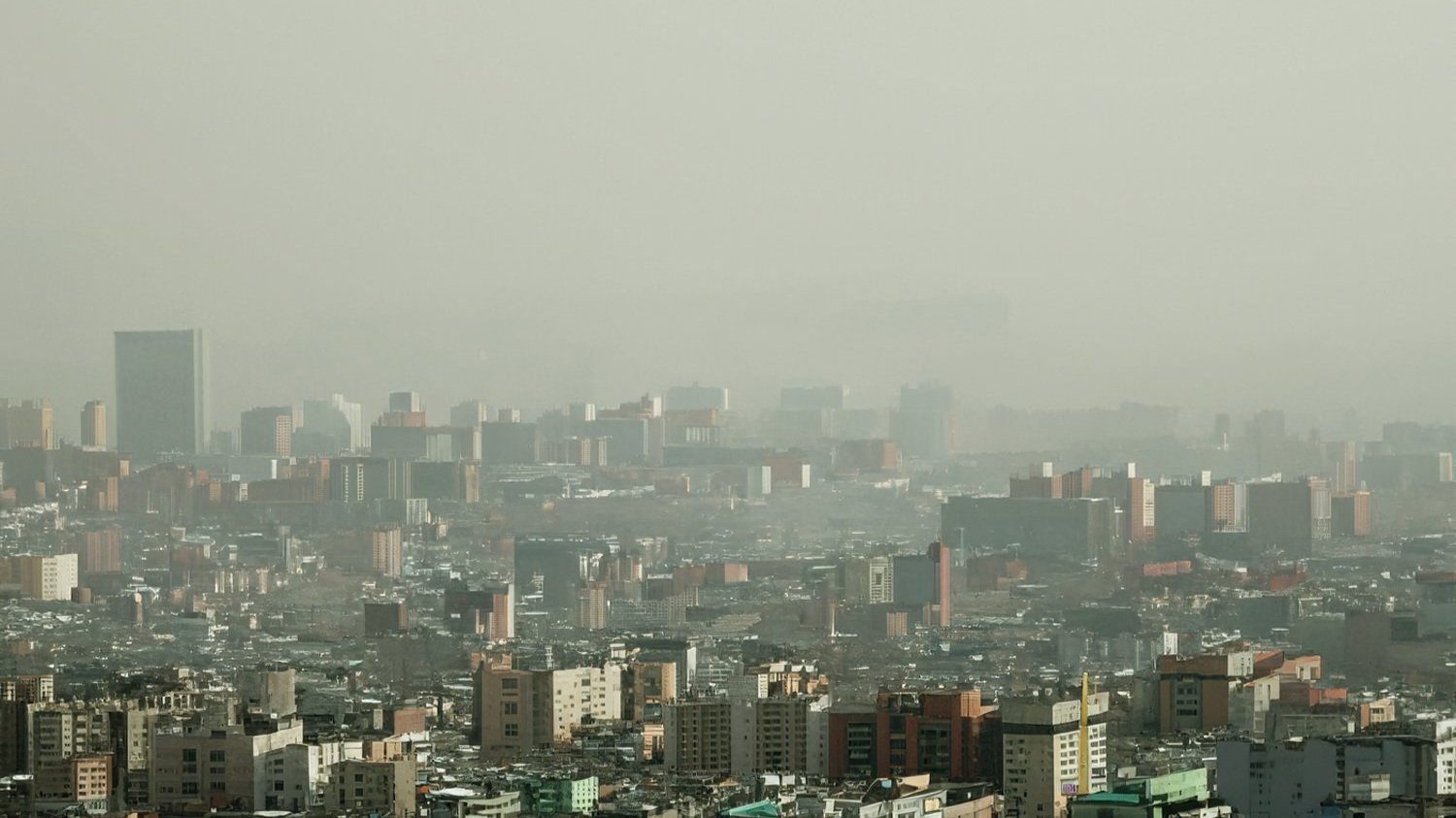A mass rally denouncing the U.S., in Pyongyang, North Korea (KCNA)
Every year on July 27, the DPRK celebrates “Victory Day,” officially known as the Day of Victory in the Great Fatherland Liberation War. This national holiday commemorates the signing of the Korean Armistice Agreement in 1953, which brought a ceasefire to the Korean War. Under the terms of the agreement, the countries are required to suspend all open hostilities, prevented from entering the air, ground or sea areas under control of the other, separated by the Demilitarized Zone (“DMZ”) which acts as a buffer between the two Koreas, and ordered to release and repatriate prisoners of war and displaced persons, among other things.
However, although the fighting technically ended with an armistice, no peace treaty was ever signed, meaning the war unofficially continues indefinitely. Meanwhile, with around 2.5 million Koreans losing their lives fighting on both sides, North Korea portrays this day as a significant victory over its enemies – South Korea and the U.S.
FORCED CELEBRATIONS
Victory Day is marked by grand military parades, patriotic performances and various public celebrations across the nation. The North Korean government uses this occasion to reinforce national pride and the narrative of resilience against foreign aggression. For North Koreans, this day is meant to be a reminder of their country’s struggle and perceived triumph in the face of overwhelming odds. Thus, month-long Korean War-related celebrations span from June 25, marking the beginning of the “anti-American struggle” month, until July 27.
This year, Pyongyang held mass anti-U.S. rallies to mark the 74th anniversary of the start of the Korean War. Meanwhile, over 80,000 citizens from the northern border city of Hyesan (over half of the local population) were forced to chant slogans denouncing the U.S. and listen to anti-American speeches for four hours from 8 a.m. till noon at a stadium, which was described by a resident as a rally “larger than any mass rally I have ever seen in my life.” It was reported that “everyone from elementary school students to war veterans, who could walk” were ordered to attend the rally. The crowd was then split into three groups and dispatched to continue shouting slogans against the U.S. while they paraded through the streets.
For many years, North Korean authorities have justified spending billions in developing nuclear weapons as a means of national self-defense against “the frequent introduction of U.S. nuclear carriers, nuclear submarines and nuclear strategic bombers” that “frighten” the isolated country. Nevertheless, the poor living conditions in North Korea have not improved even after the DPRK has enhanced its nuclear capabilities over the past few years. As a result, even North Koreans protesting on the streets are questioning why they are still “talking about the U.S. and its imperialist plans these days” and continuing to blame the U.S. for the nation’s failing economy.
HOW THE KOREAN WAR WAS “FORGOTTEN”
The Korean War, which lasted from 1950 to 1953, is often referred to as the “Forgotten War” in the U.S. It was not until 1988 that a memorial dedicated to those who served in the war was built in Chicago, followed by the opening of the Korean War Veterans Memorial in Washington in 1995 and the signing of a bill to allow the construction of a remembrance wall in 2016.
There may be several factors as to why this war was “forgotten.” First, unlike World War II or the Vietnam War, the Korean War did not receive extensive attention by the public. The timing of this war may offer some insight – the conflict occurred shortly after World War II, which was a period when many Americans were weary of war. In addition, the war’s stalemate nature and the lack of significant territorial changes made it less newsworthy. Second, although the Korean War was the first major conflict of the Cold War, involving the U.S. and its allies against North Korea, China and the Soviet Union, it was not framed as a clear-cut battle between good and evil, as World War II had been. Instead, it was seen as a complex struggle against the spread of communism that ended with an ambiguous outcome. Finally, the Korean War did not leave a lasting cultural impact in the same way the World War did. There are fewer movies, books and television shows about this war, except for the 1972 television series “M*A*S*H,” which depicted the war’s medical and human aspects.
Despite being called the “Forgotten War,” the Korean War has significant consequences. Not only did it solidify the division of the Korean Peninsula, leading to the establishment of the heavily fortified DMZ and the ongoing tension between the two Koreas, but it also set the stage for future diplomatic conflicts and shaped U.S.-Korean military and foreign policy for decades. Korea is the only divided country on earth.








































